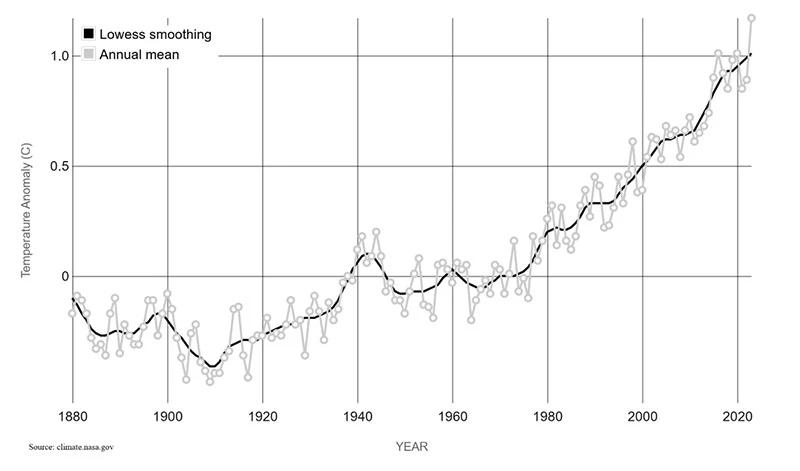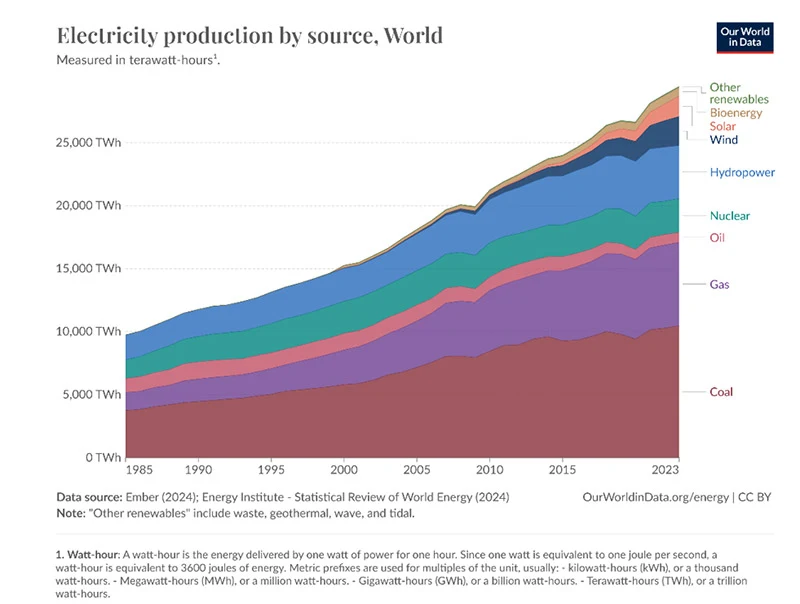Disclaimer Robeco Switzerland Ltd.
The information contained on these pages is solely for marketing purposes.
Access to the funds is restricted to (i) Qualified Investors within the meaning of art. 10 para. 3 et sequ. of the Swiss Federal Act on Collective Investment Schemes (“CISA”), (ii) Institutional Investors within the meaning of art. 4 para. 3 and 4 of the Financial Services Act (“FinSA”) domiciled Switzerland and (iii) Professional Clients in accordance with Annex II of the Markets in Financial Instruments Directive II (“MiFID II”) domiciled in the European Union und European Economic Area with a license to distribute / promote financial instruments in such capacity or herewith requesting respective information on products and services in their capacity as Professional Clients.
The Funds are domiciled in Luxembourg and The Netherlands. ACOLIN Fund Services AG, postal address: Leutschenbachstrasse 50, CH-8050 Zürich, acts as the Swiss representative of the Fund(s). UBS Switzerland AG, Bahnhofstrasse 45, 8001 Zurich, postal address: Europastrasse 2, P.O. Box, CH-8152 Opfikon, acts as the Swiss paying agent.
The prospectus, the Key Investor Information Documents (KIIDs), the articles of association, the annual and semi-annual reports of the Fund(s) may be obtained, on simple request and free of charge, at the office of the Swiss representative ACOLIN Fund Services AG. The prospectuses are also available via the website https://www.robeco.com/ch.
Some funds about which information is shown on these pages may fall outside the scope of CISA and therefore do not (need to) have a license from or registration with the Swiss Financial Market Supervisory Authority (FINMA).
Some funds about which information is shown on this website may not be available in your domicile country. Please check the registration status in your respective domicile country. To view the Robeco Switzerland Ltd. products that are registered/available in your country, please go to the respective Fund Selector, which can be found on this website and select your country of domicile.
Neither information nor any opinion expressed on this website constitutes a solicitation, an offer or a recommendation to buy, sell or dispose of any investment, to engage in any other transaction or to provide any investment advice or service. An investment in a Robeco Switzerland Ltd. product should only be made after reading the related legal documents such as prospectuses, annual and semi-annual reports.
By clicking “I agree” you confirm that you/the company you represent falls under one of the above-mentioned categories of addressees and that you have read, understood and accept the terms of use for this website.
Sustainable Investing
Net zero investments
Net zero investments target companies reducing their carbon footprints to zero, which is crucial for transitioning to a global low-carbon economy. Achieving the Paris Agreement's 1.5 °C goal requires carbon neutrality by 2050. With NASA reporting 1.2 °C warming by 2024, trillions in decarbonization investments and phasing out fossil fuels are essential to meet this target.

Global warming reached 1.17 °C in 2023. Source: NASA.
Transition investments
This has driven popularity in transition investments targeting companies that can make a difference to decarbonization. Some examples are fairly obvious, such as renewable energy, carbon capture or reforestation. But the biggest opportunities lie in the transition to lower carbon, such as companies changing industrial processes, developing green steel and low-carbon cement, adopting recycling to reduce resource use, and switching to biodegradable packaging.
Net zero investing has become a major issue for the whole financial industry. Robeco signed the Net Zero Asset Manager Commitment in December 2020 and published a roadmap in October 2021 explaining how this can be achieved. The roadmap is based on three pillars: decarbonizing all assets by an average of 7% a year; accelerating the transition through active ownership, and promoting climate-aligned investing. 1
Net-zero strategies
Robeco now offers a range of climate-oriented investment strategies, some directly targeting the transition itself, and others following Paris-aligned benchmarks, where the underlying assets are aligned with the Paris Agreement temperature goals. Strategies targeting the Sustainable Development Goals are also aligned with the net-zero oriented goals such as SDG 13 (Climate action).
Very few investments have so far achieved net zero, and those that are face their own sustainability risks. Nuclear power, for example, has zero emissions, and is often seen as a great alternative to generating energy from coal, oil or gas. But it has its own risks, not least in the chance of nuclear accidents such as in Chernobyl, and the ongoing dilemma about how to safely store nuclear waste.

The growing use of clean energy is a major investment opportunity. Source: Our World in Data.
Decarbonizing companies and industries
Many companies are individually working towards net zero to avoid any future legislative or regulatory penalties for their emissions. Tech firms are trying to offset the huge emissions of their data centers by using green energy, or through reforestation. Carmakers are investing heavily in producing all-electric fleets, partly due to the threat of bans on internal combustion engines in the 2030s or beyond. 2
Some industries are also much harder to abate emissions than others. Airlines, for example, cannot be electrified like cars under current technology, while steel and cement production require high temperatures that can only be achieved in blast furnaces. Electric arc furnaces are gradually replacing those using coal, but they are much more expensive, and progress has been slow. Cement production causes emissions through the clinkering process which cannot currently be avoided.
Carbon credits, carbon capture
These hard-to-abate industries, and the investors in them, are increasingly using carbon credits to offset the emissions until technology allows their removal within the process itself. There are two types of carbon credits. Removal credits are generated by projects that directly remove CO2 from the atmosphere either naturally through reforestation or other habitat restoration, bioenergy or soil carbon enhancement, or through technology such as direct air capture technology with geological storage.
Avoidance credits are created by preventing the CO2 from entering the atmosphere in the first place, most commonly by replacing fossil fuels with renewable energy, or through biodiversity preservation projects. Avoided emissions are theoretical reductions measured against a future projected baseline level, but do not lower the amount of carbon entering the atmosphere elsewhere.
However, they should not be used to justify not trying to decarbonize in the real economy. Ultimately, new fuels such as green hydrogen need to be developed for use in heavy transport, while technology such as electric arc blast furnaces using green energy are gradually being introduced in the steel and cement sectors.
Carbon capture and storage can also be used to prevent emissions from entering the atmosphere in the first place. However, it is only cost-effective if it is installed while the industrial plant is being built, and not retro-fitted, and currently does not have enough scale to make a difference, accounting for just 0.1% of emissions removal per year.
1 Robeco commits to net zero carbon ambtiton by 2050
2 https://www.fairatmos.com/blog/5-giant-companies-that-are-going-carbon-neutral
















